Nicknamed “Asia’s World City,” Hong Kong may be remarkable for its free and prosperous economy, but many people have called it “a cultural desert,” because of a perceived lack of artistic energy and identity.
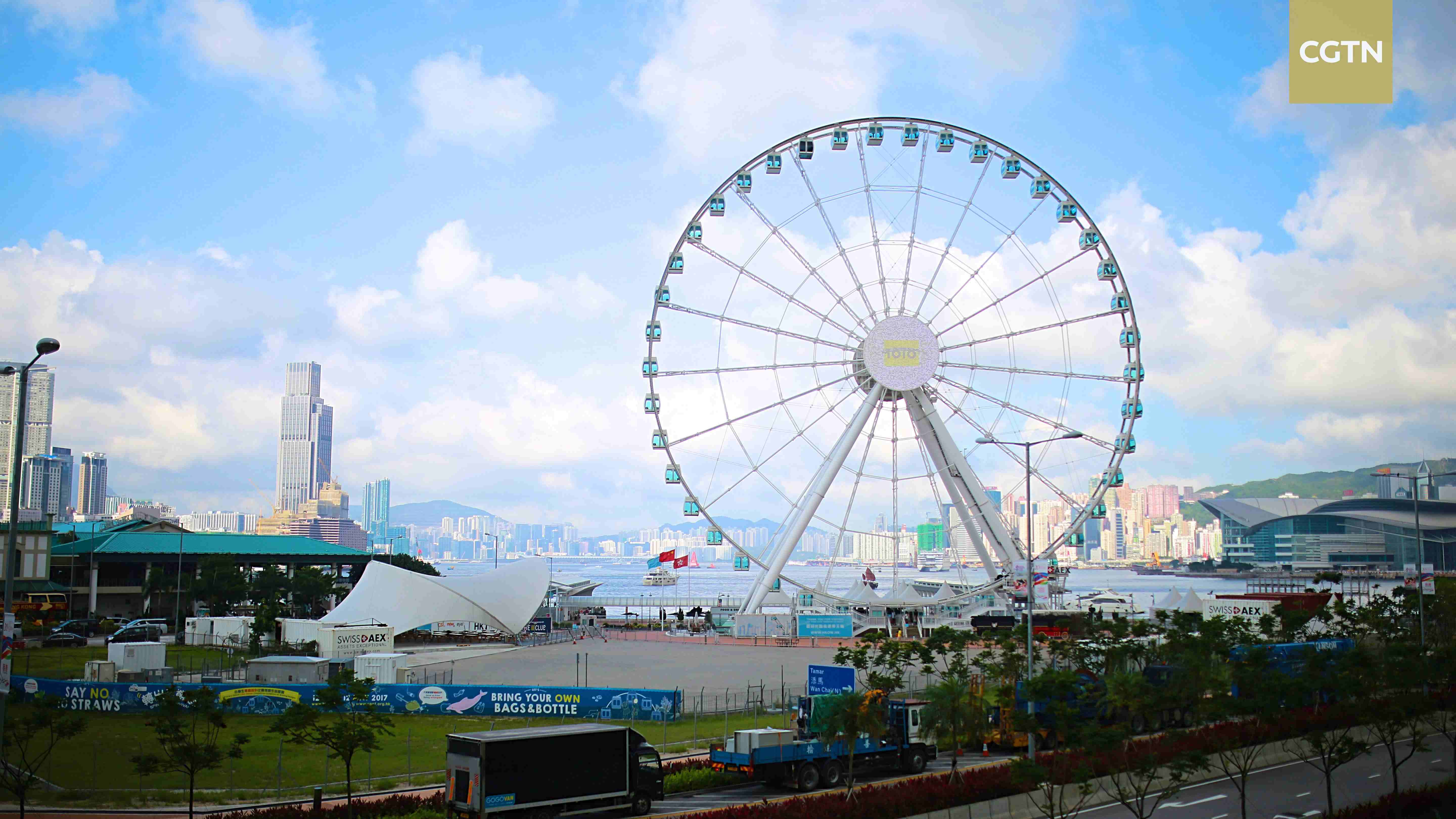
CGTN Photo
Is it really devoid of local culture? If you’re a fan of Hong Kong movies or TV series, you will say “definitely NOT.” The homegrown television and movie industry is full of identity and character unique to Hong Kong. And if you still don’t have a clue about what it is that makes Hong Kong special, follow us to read more about this one-of-a-kind city.
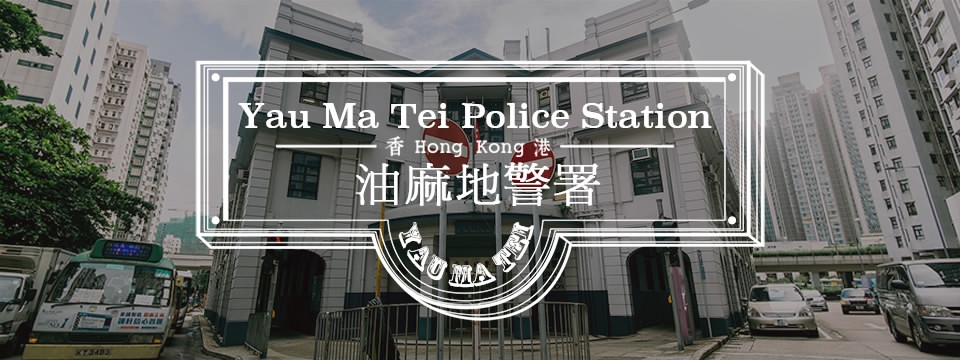
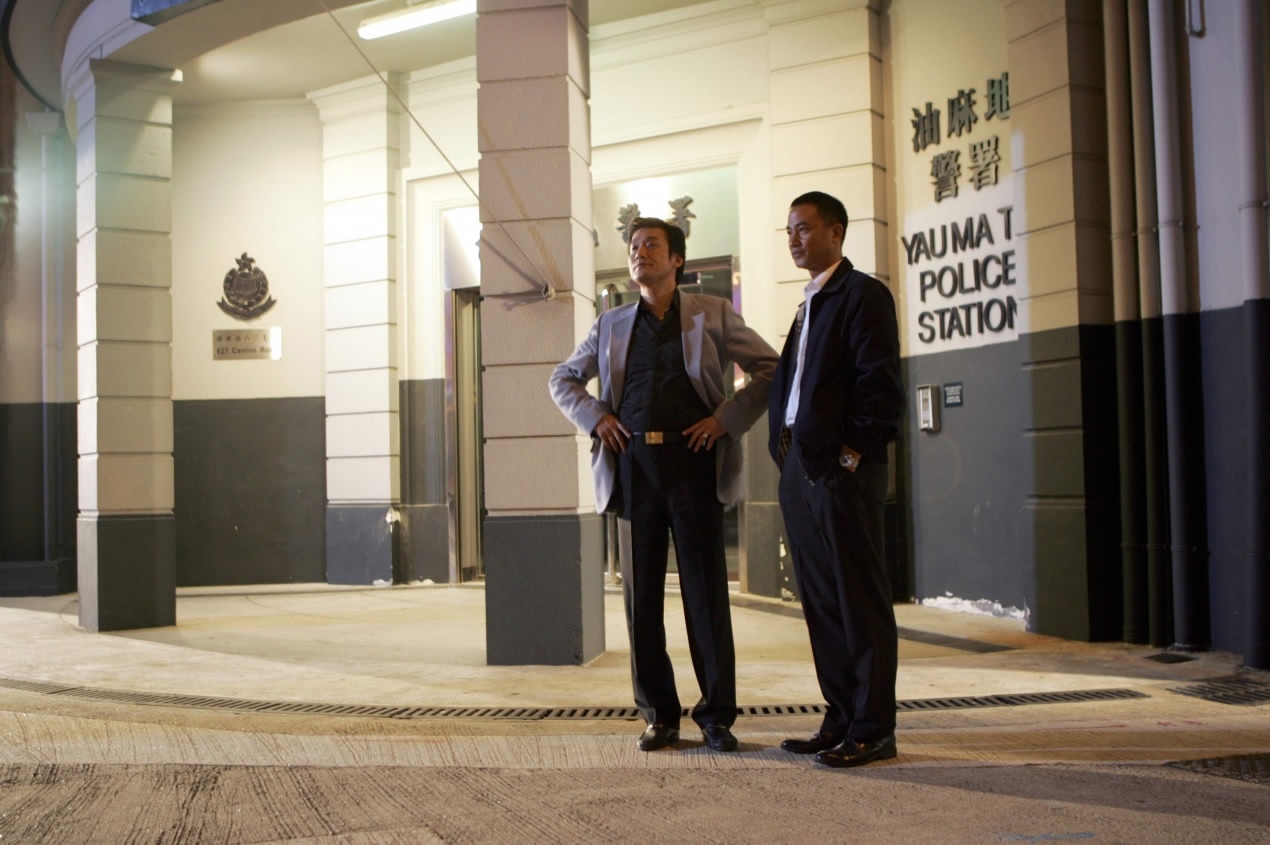
Screenshot
Located at the intersection between Canton Road and Public Square Street, Yau Ma Tei Police Station is a familiar scene in Hong Kong movies and TV series. Jackie Chan’s Hollywood blockbuster Rush Hour 2 was also filmed at the police station.
Yau Ma Tei Police Station was established in 1893 and initially located at the junction between Shanghai Street and Public Square Street, before it relocated to its current address in 1922. The construction was designed in the Edwardian Style, with a semicircular entrance.
May 21, 2016, was a special date for the time-honored police station, when it was transformed into a reporting center as the police station was moved into a new building.xt.
The old police station was listed as a Grade II Historical Building in 2009 by the Antiquity Office of Hong Kong.

VCG Photo
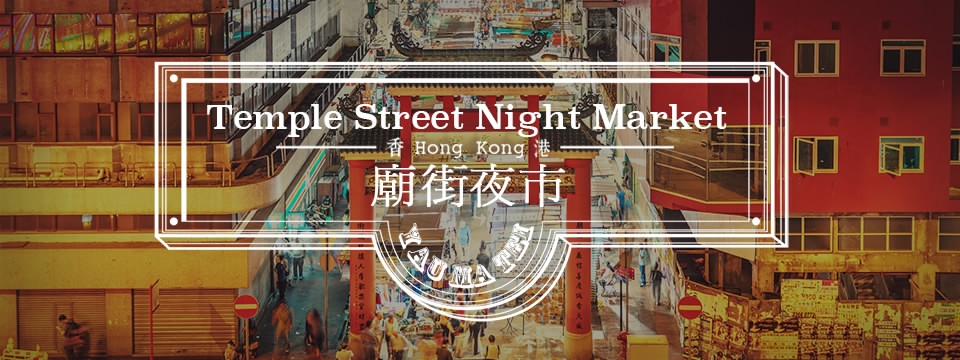
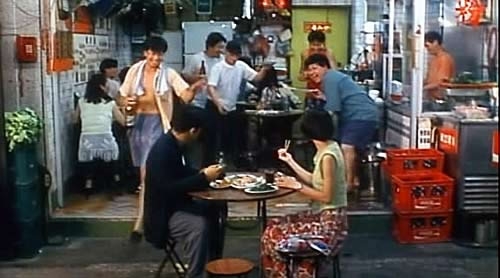
Screenshot
Tung Choi Street in Mong Kok is named Ladies’ Street while Temple Street, named after a Tin Hau temple in Yau Ma Tei is dubbed Men’s Street for its night bazaar mainly selling men’s clothes, pants, shoes, watches. Trinkets, tea ware, electronics, jade and antiques are also available in the market, all at a negotiable price.
The Temple Street Night Market is a great example of the theater and festivity of a Chinese market, where you are likely to encounter Cantonese opera.
Due to its local ambience, this place is often chosen as a backdrop in movies and TV series.
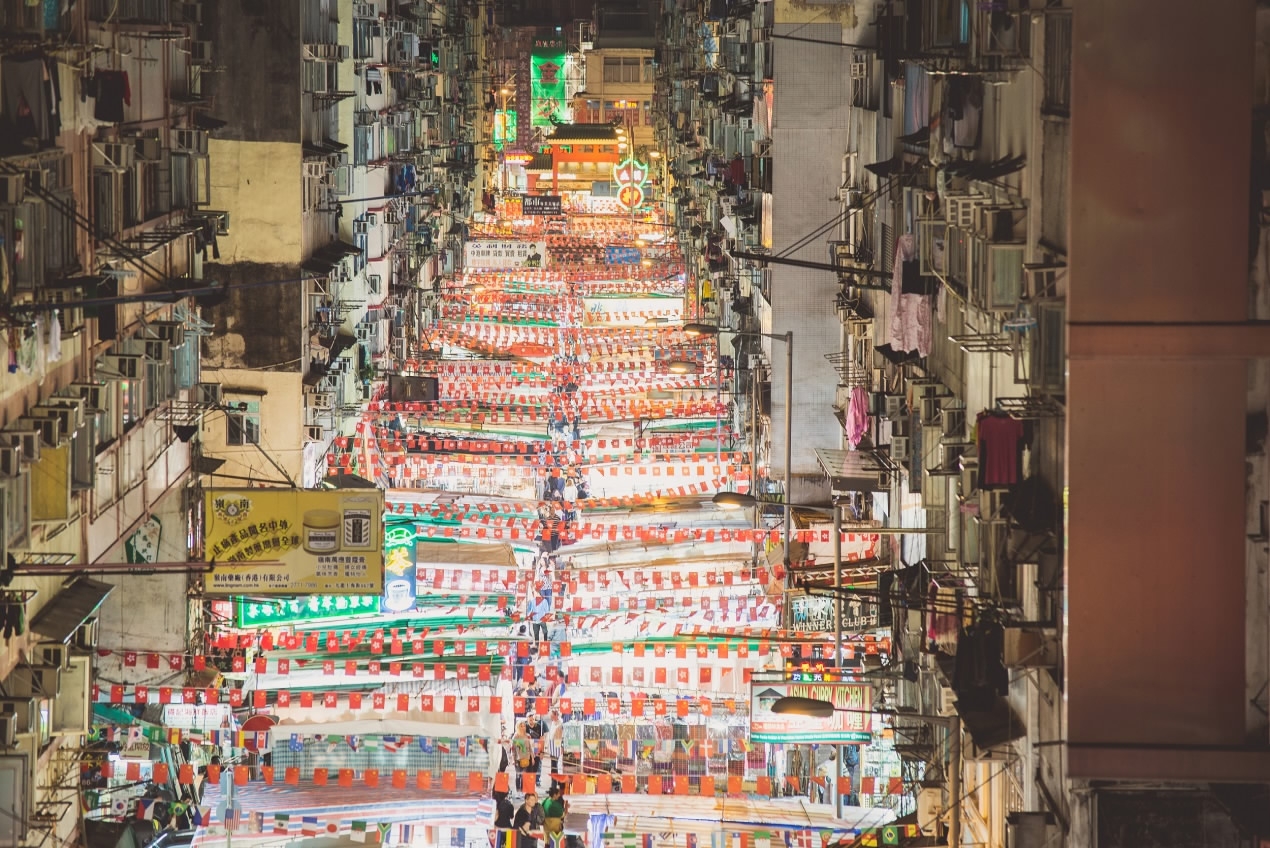
VCG Photo
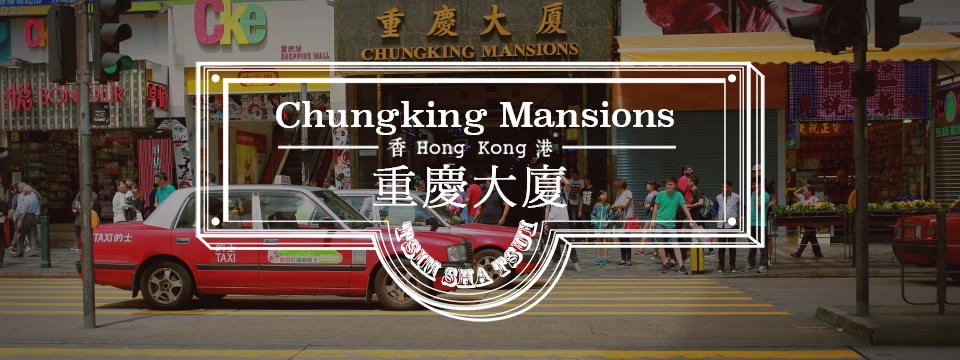
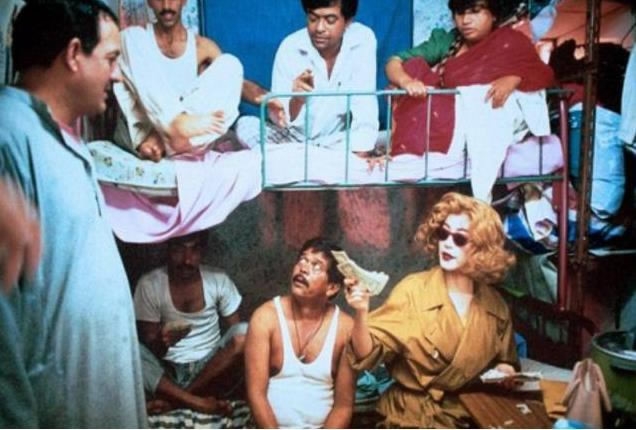
Screenshot
Chungking Mansions is a building located right in the middle of bustling Tsim Sha Tsui, off Nathan Road. Contrasting greatly to the luxurious shopping malls nearby, Chungking Mansions is home to many low-priced guesthouses and shops selling cheap products, and is one of the most multicultural places in the world, let alone Hong Kong.
Built in the 1960s, the building was originally intended to be just for residential use, but a wide range of commercial units sprang up. Different from any other building in the city, this 17-storey construction is made up of five joint blocks. There is nothing like it in the world, as it attracts workers, tourists and backpackers alike from all five continents. Anthropologist Prof. Gordon Mathews from the Chinese University of Hong Kong estimated in 2007 that around 120 different nationalities had passed through the mansions in one year.
Inspired by the unique style of the mansions, Hong Kong director Wong Kar-wai chose the mansions as the inspiration for his award-winning film Chungking Express, which won Best Film at the 14th Hong Kong Film Awards in 1995.

CGTN Photo
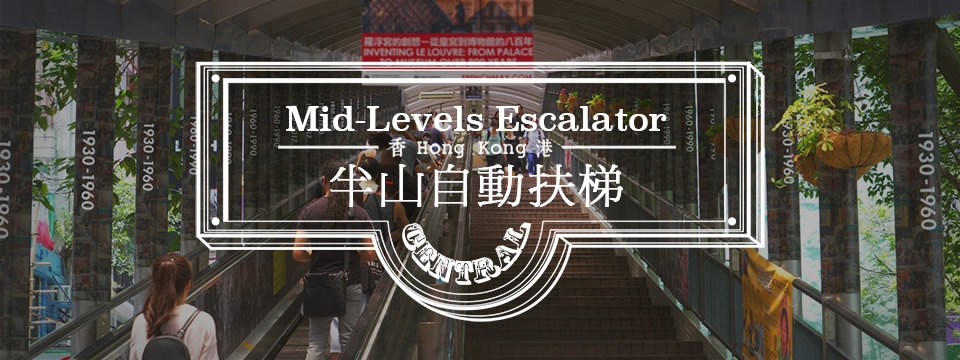
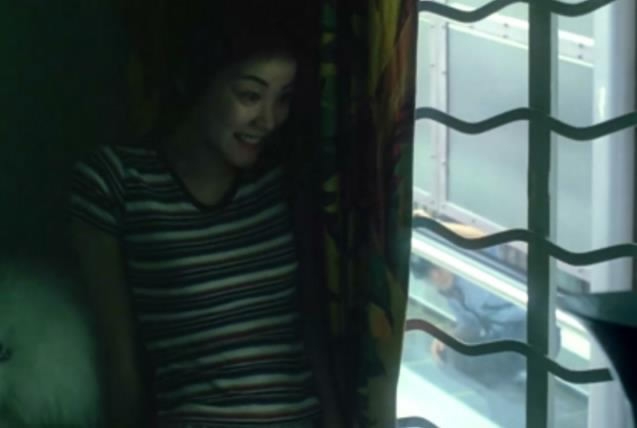
Screenshot
Entering service in 1993, the mid-levels escalator in central district is the longest covered outdoor escalator in the world. It is 800 meters long in total, linking Des Voeux Road up to Conduit Road, and enables local residents to travel back and forth between their homes and the commercial center, Central.
The escalator passes through several Hong Kong tourist attractions, like creative center PMQ, SoHo and the Former Central Police Station Compound.
Having a whole ride along the escalator usually takes 20 minutes, with many chances to hop on and off to browse the fancy shops and restaurants on the mid-levels. The escalator runs one-way downhill between 6 am and 10 am, and then changes to uphill between 10 am and midnight.
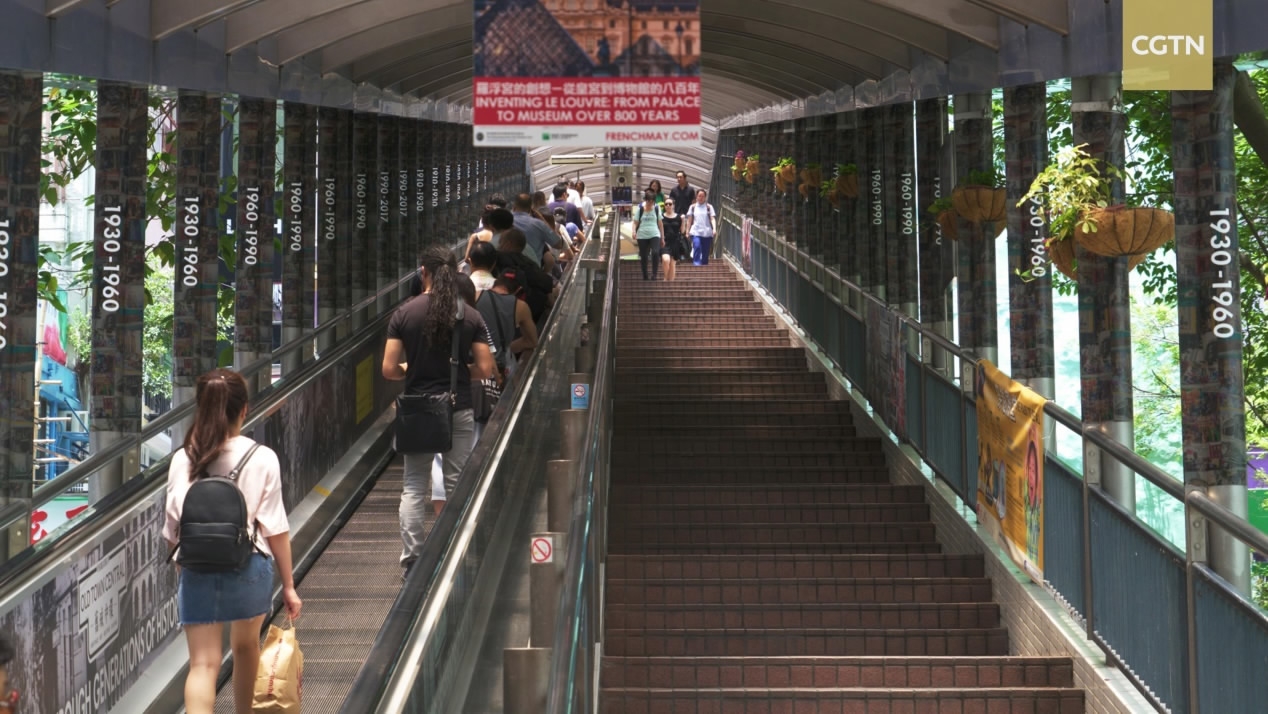
CGTN Photo
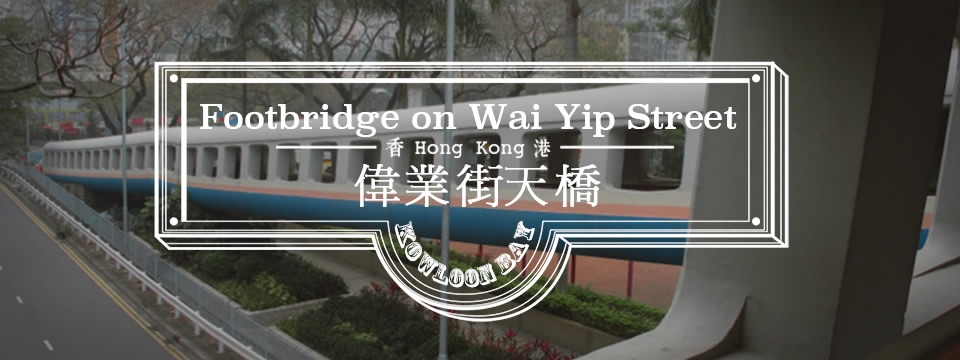
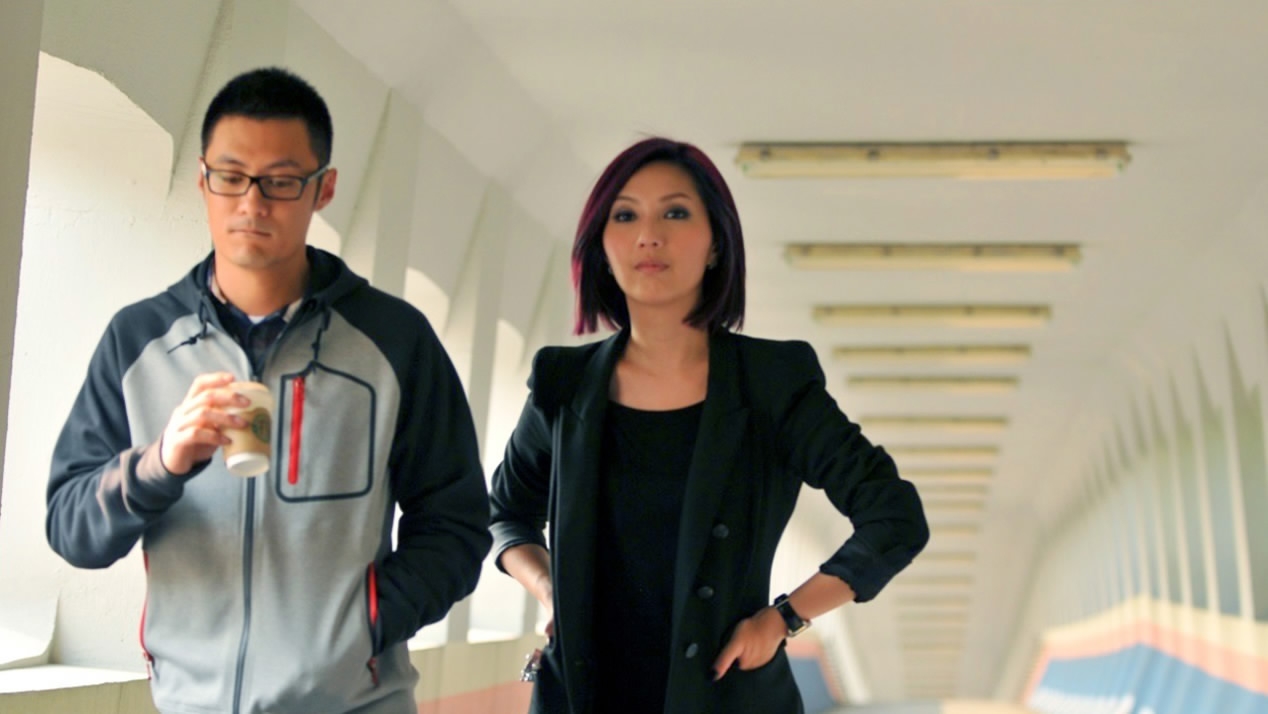
Screenshot
Thanks to Hong Kong movie “Love in a Puff,” the pedestrian bridge on Wai Yip Street has become a recognizable location for visitors and movie fans since the film’s premiere in 2010. Unique in shape, the footbridge has a vaulted roof and windows on both sides.
The footbridges and underpasses of Hong Kong make up a sophisticated network that links up commercial areas with office blocks, metro stations and bus terminals, and minimizes the number of people crossing busy roads. The Central Elevated Walkway is an example, which spans Central, Admiralty and parts of Sheung Wan on Hong Kong Island, and connects more than 35 buildings.
There are 1,222 footbridges and underpasses in the city, according to the Highway Department of Hong Kong.
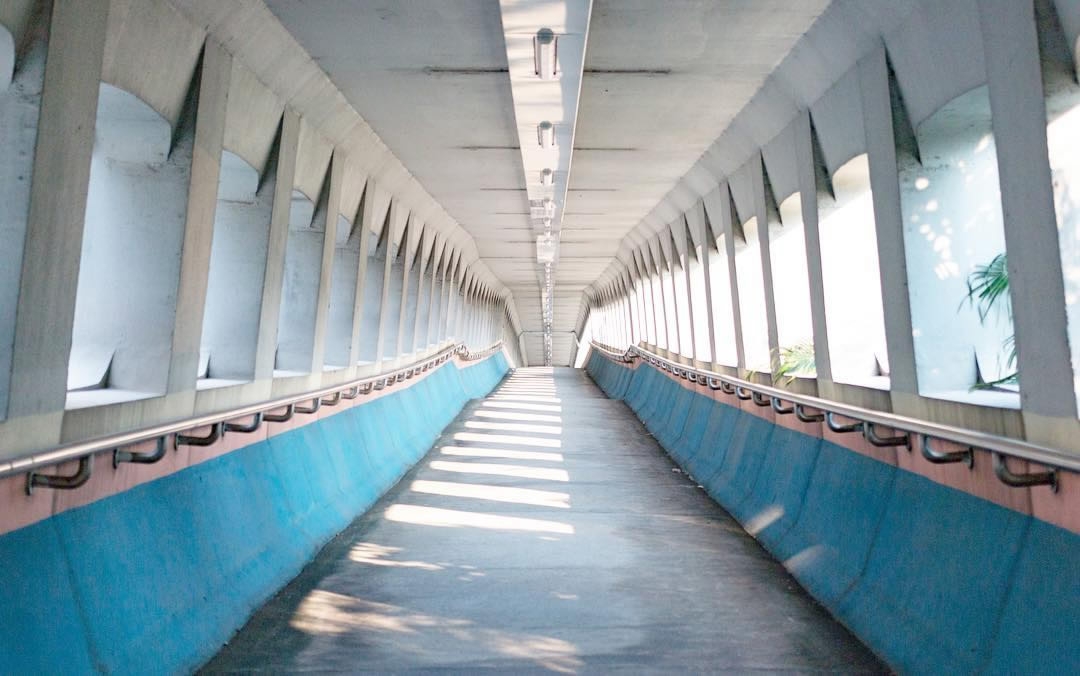
VCG Photo
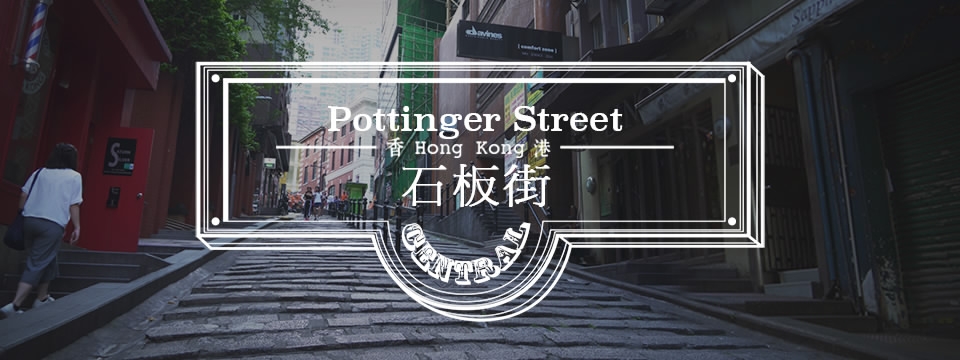

Screenshot
Pottinger Street is a street filled with memories of old Hong Kong. Paved with granite steps, this street is usually referred to as Slab Stone Street by locals and visitors.
The street today is lined with grocery stores and cafes, and is accessible by the mid-levels escalator.

CGTN Photo
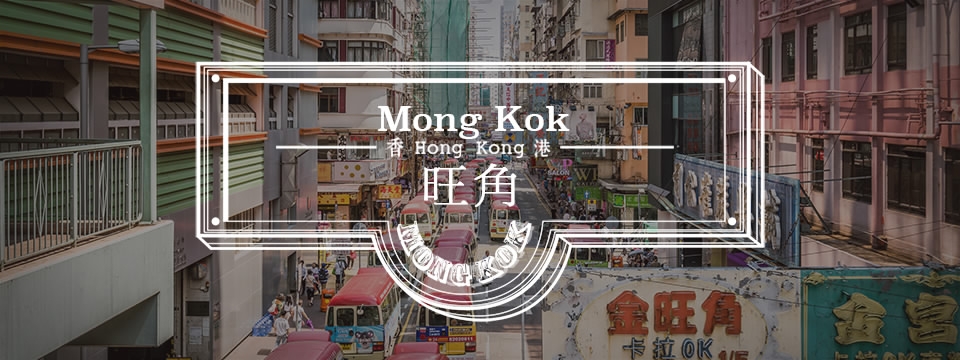
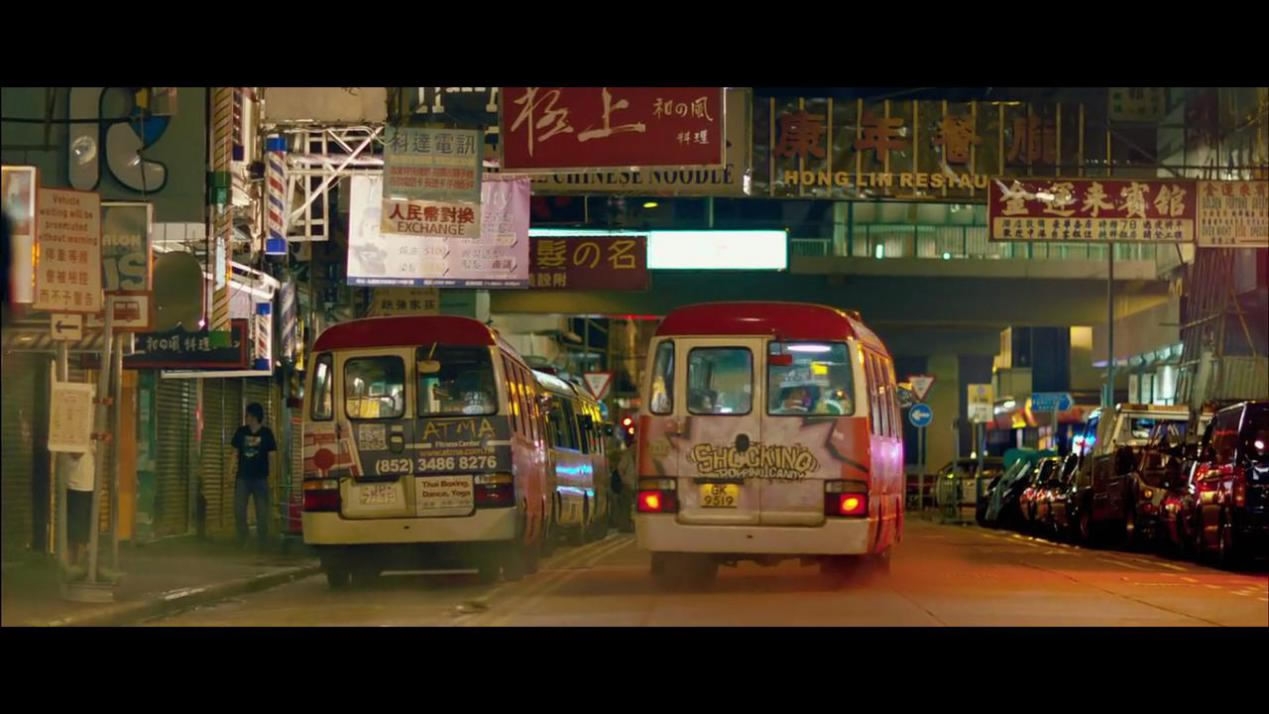
Screenshot
Mong Kok is the busiest shopping and residential zone in Kowloon, Hong Kong. According to Reuters in 2011, Mong Kok had the highest population density in the world.
The entire area is made up of several streets, markets and shopping centers, with most streets lined with retails and eateries, like Fa Yuen Street, also known as Sneakers Street, which is famous for stores selling sports gear.
Located on Tung Choi Street, the Ladies’ Market is the most popular market in Mong Kok with around 100 stalls of bargain clothing, accessories and souvenirs especially targeting female clientele.
Apart from shopping, Mong Kok is one of the best places to taste traditional Hong Kong snacks, such as fish balls, beef offal, mini egg puffs, milk tea and dim sum.
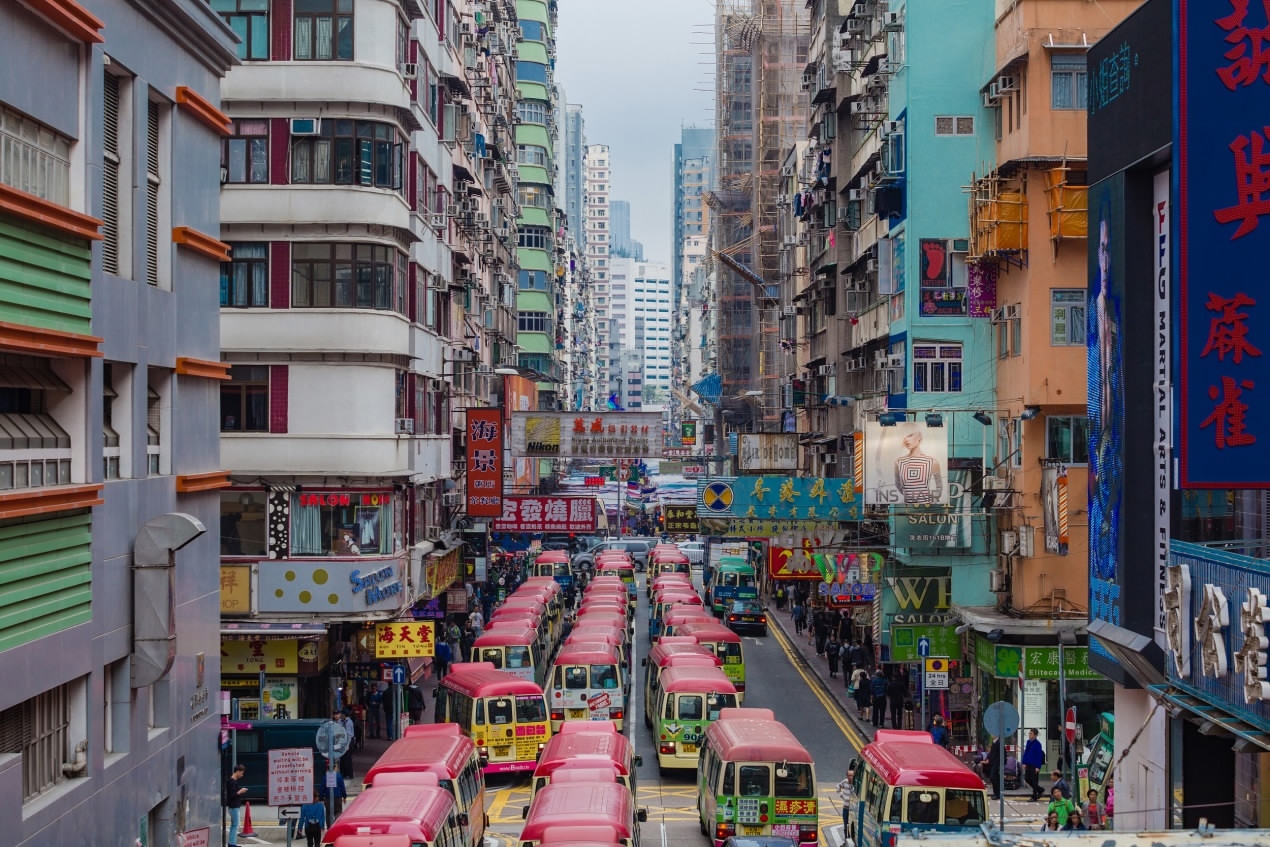
VCG Photo
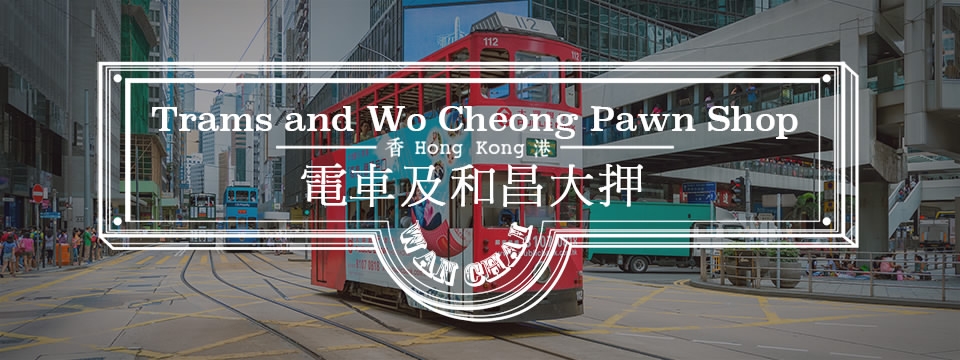
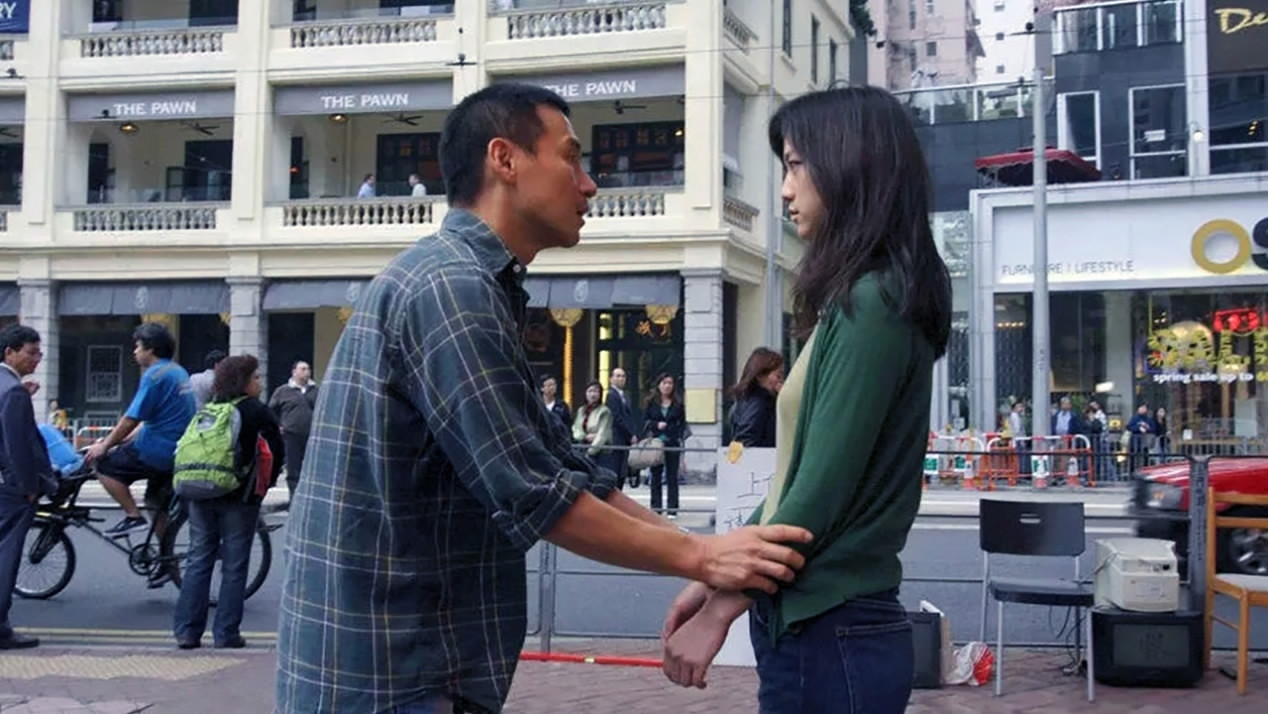
Screenshot
Wan Chai is also a favorite area for movie directors, with the historic Wo Cheong Pawn Shop and Hong Kong’s iconic trams a regular feature.This is news text.
Wo Cheong Pawn Shop was built between the 1880s and the 1900s, and has now been restored and relaunched as a restaurant by Hong Kong’s Urban Renewal Authority.
The building is a “Tong Lau,” a unique Chinese-style tenement house. Every unit is around 450 to 700 square feet in size, with high ceilings, balconies and French windows.
The trams that run along Wan Chai towards Central are also called Ding Ding, and are a must-ride for any visitor. Hong Kong Tramways was founded in 1904 and owns 164 tramcars, making up the world’s largest double-decker tram fleet in operation. Some 200,000 passengers ride the trams every day, along six routes covering 30 kilometers on Hong Kong Island.
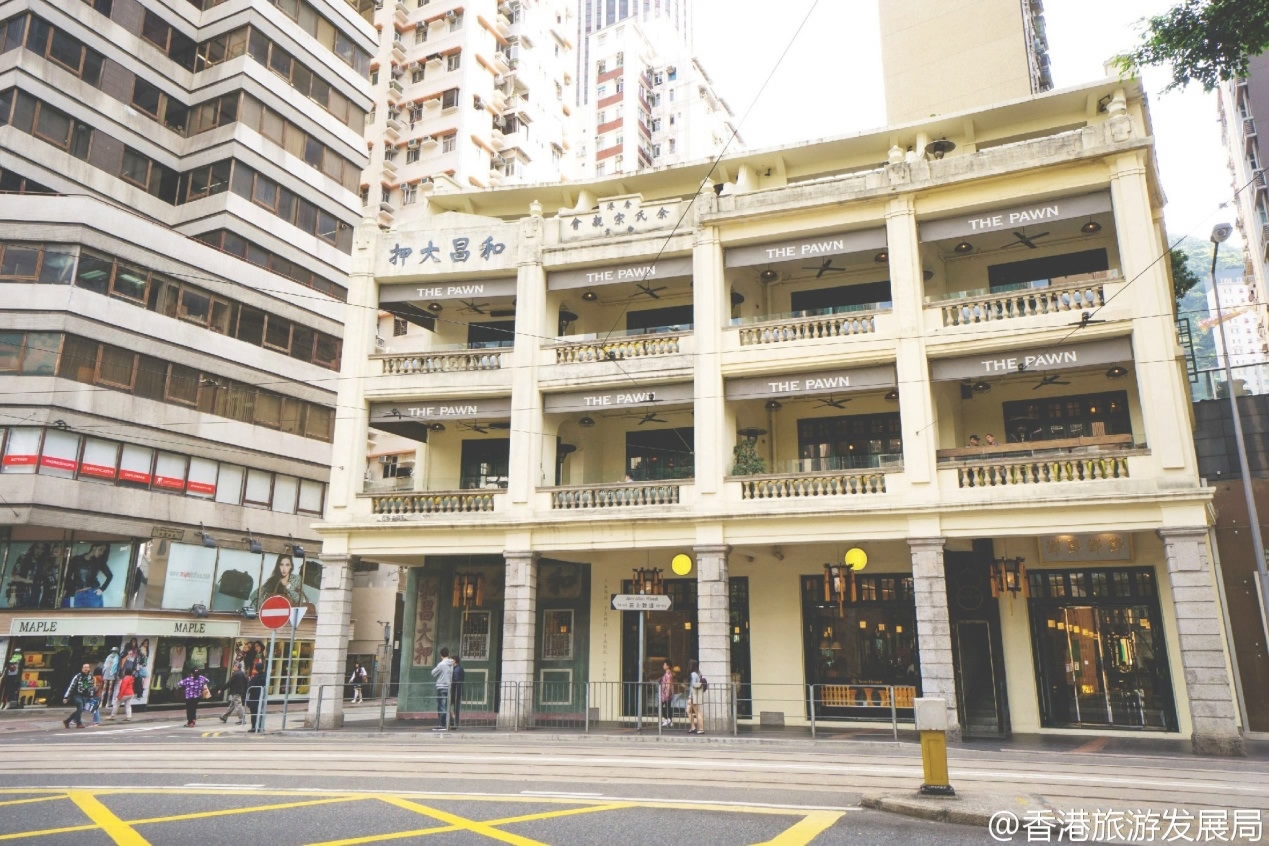
Photo from Weibo of Hong Kong Tourism Board
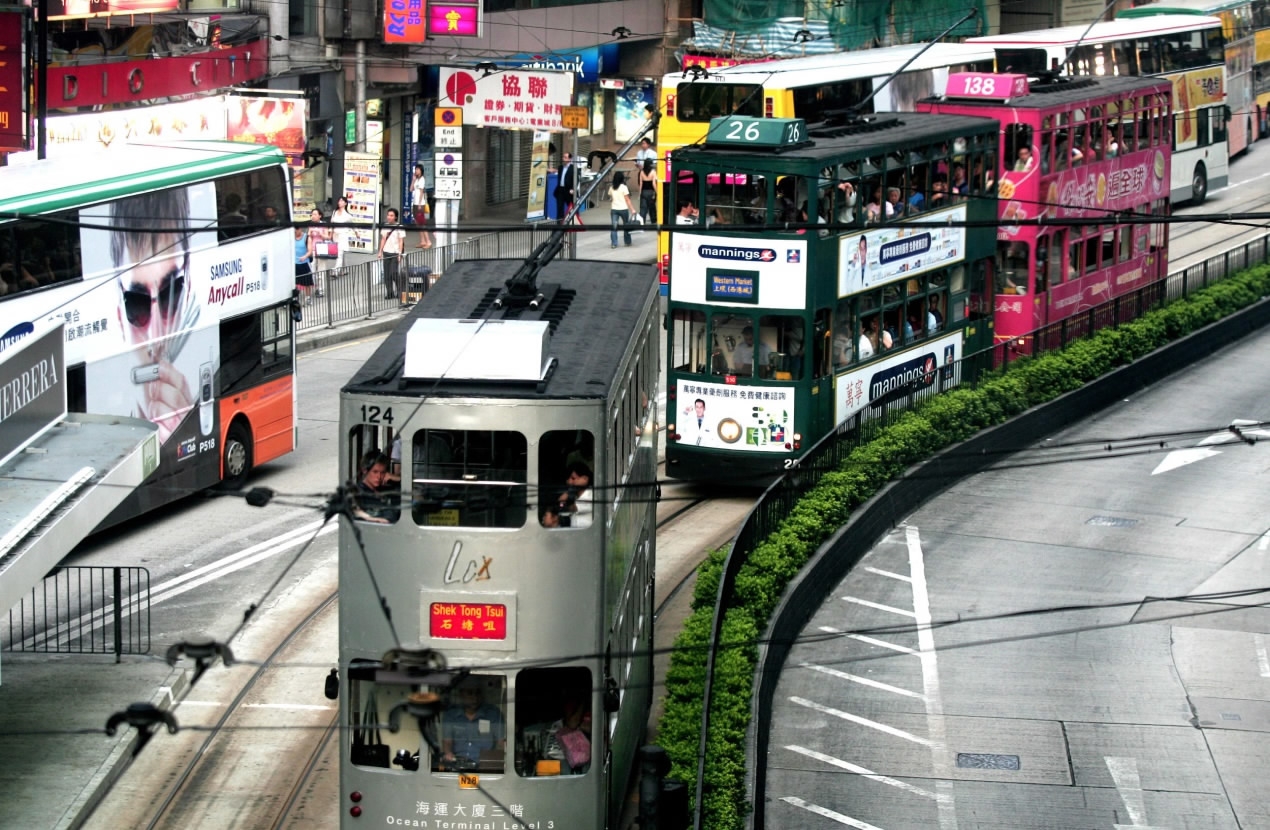
VCG Photo
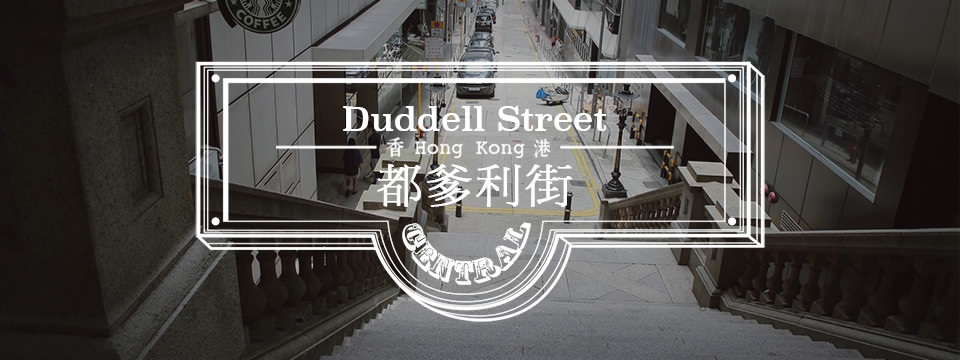
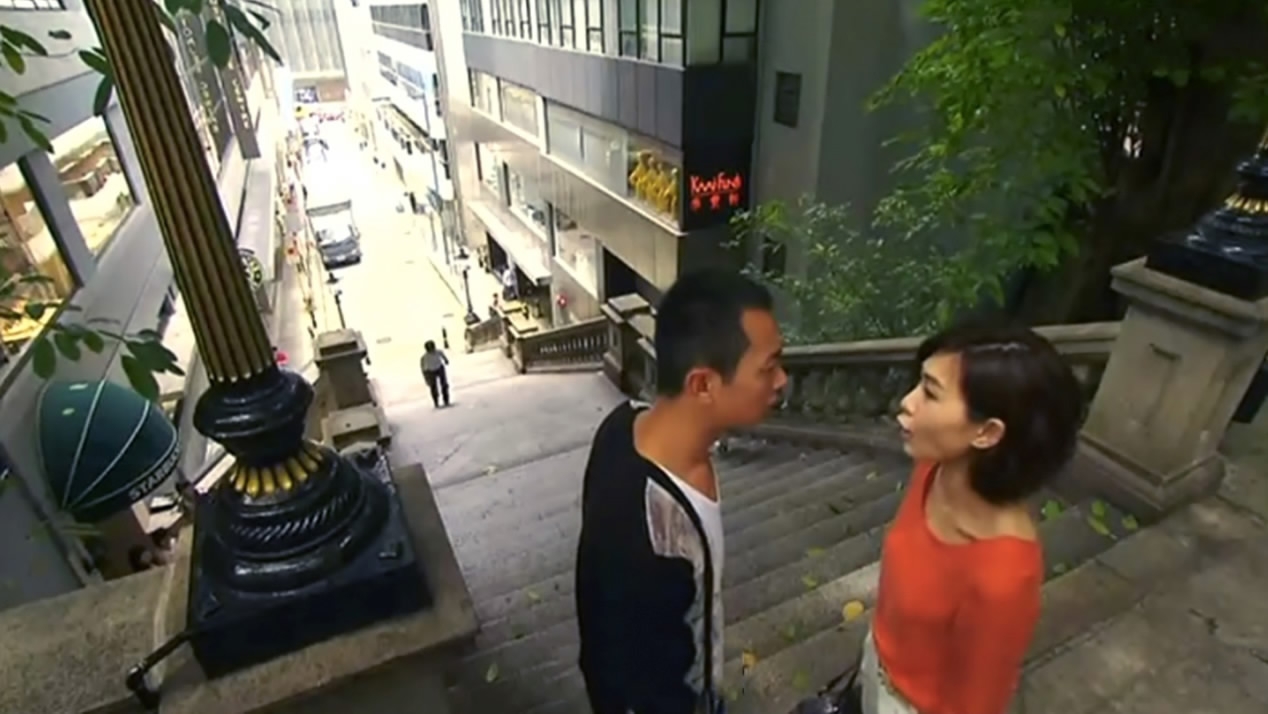
Screenshot
It’s hard to imagine Hong Kong after sunset without its modern neon lights, but what did it used to be like? Pay a visit to Duddell Street which stretches from Ice House Street to Queen’s Road Central for the city’s last four gas lamps. The only surviving working gas lamps were installed between 1875 and 1889.

VCG Photo
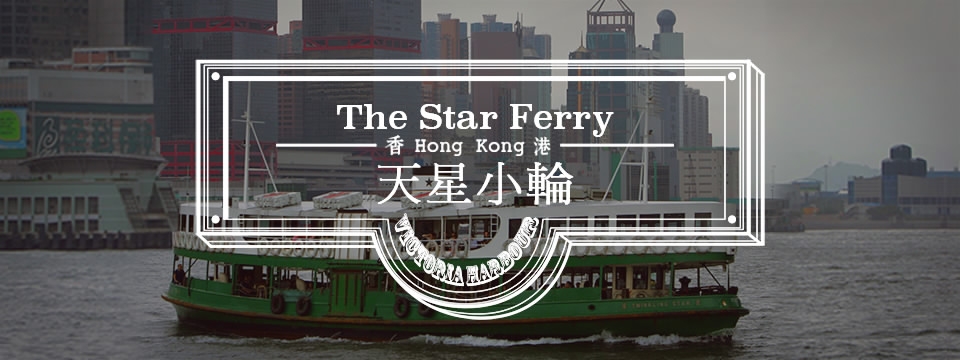
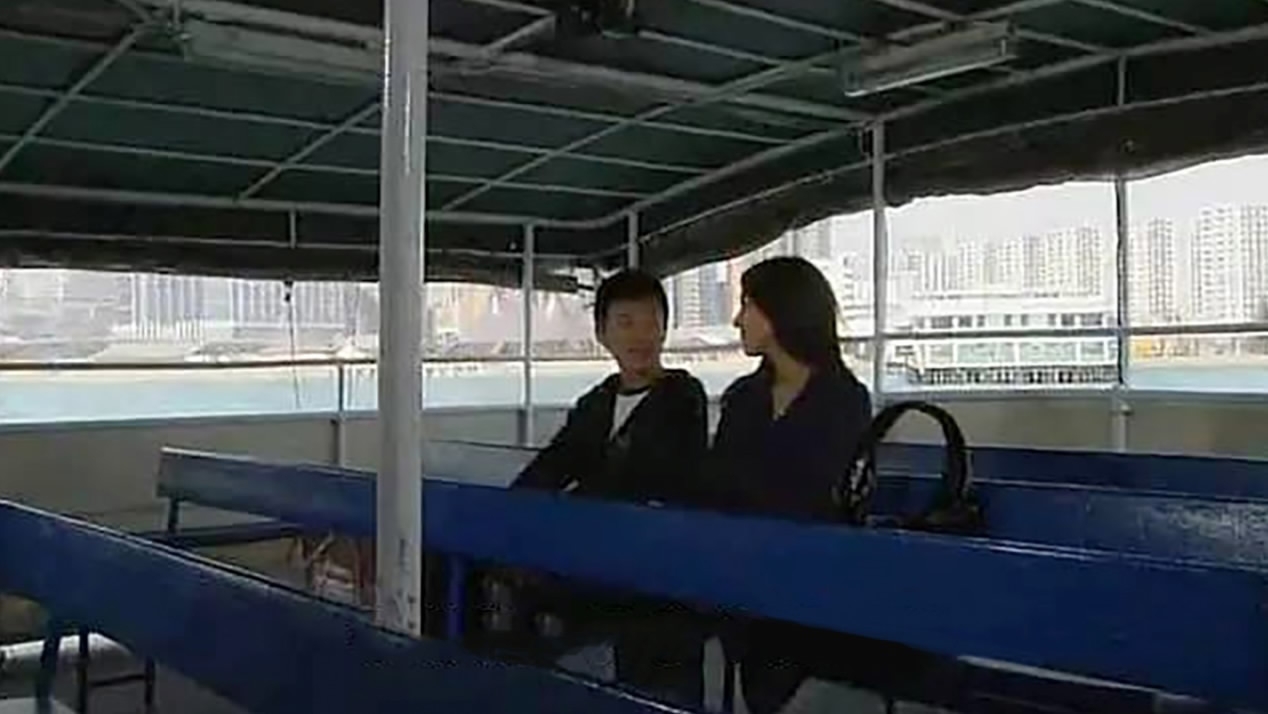
Screenshot
There is more than one way to cross Victoria Harbour today thanks to modern bridges and tunnels, but an increasing number of locals and visitors still prefer to use the vintage Star Ferry Company’s service for a more authentic Hong Kong experience. Riding a ferry across the harbour, enjoying sightseeing and feeling the warm sea breeze – this is the real Hong Kong!
The National Geographic Traveler named riding the Star Ferry as one of 50 things to do in a lifetime.
The ferry service dates back to 1880, when a steamboat named Morning Star began transporting passengers across Victoria Harbour. Later on, Sir Catchick Paul Chater established the Star Ferry Company in 1898. Apart from its commuter service between Kowloon and Hong Kong Island, the company also launched the only licensed harbour tour in Hong Kong in 2003, which starts in Tsim Sha Tsui and goes on to Central and Wan Chai.
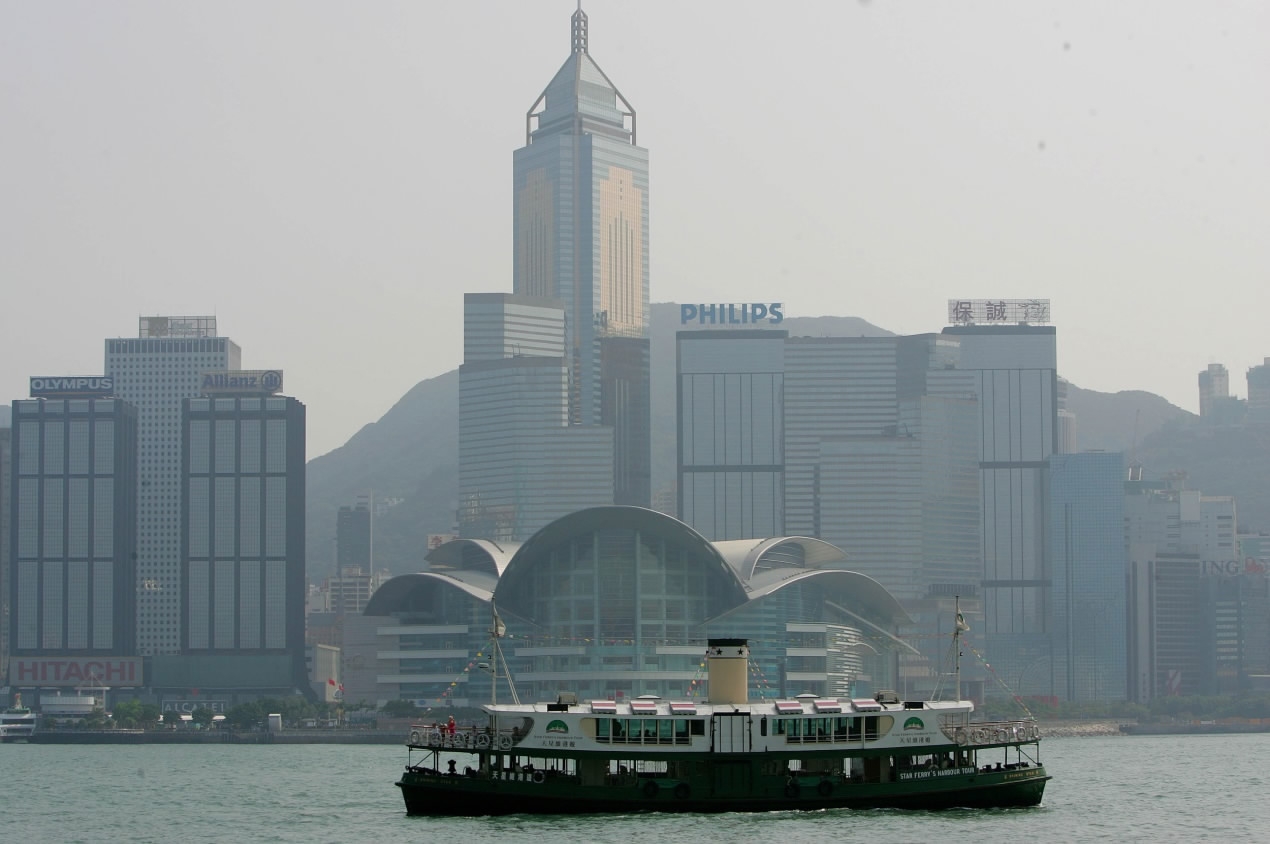
VCG Photo

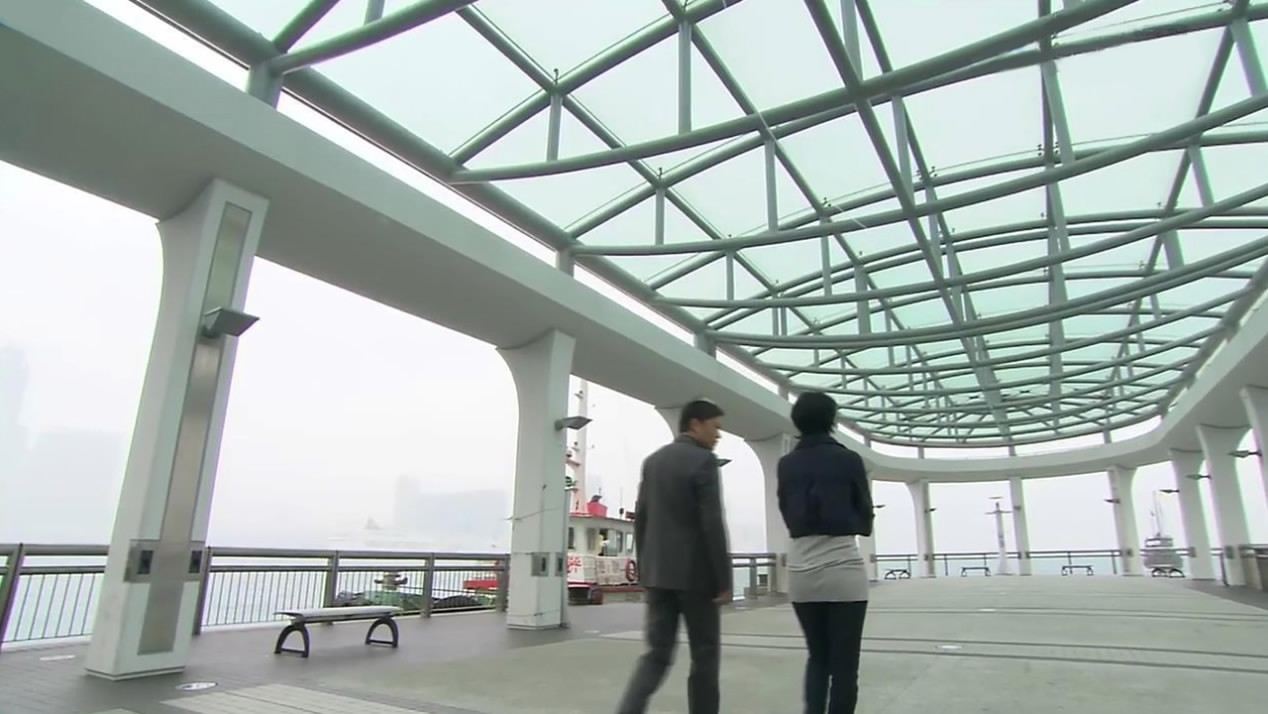
Screenshot
The Central Pier No.9 is a modern addition to Hong Kong, entering service in 2007. Its glass canopy design attracts locals looking for a place to relax over the weekend, and offers tourists a great view of Victoria Harbour. The pier is also a frequent location seen in films and on television.
The Central Pier No.9 is a modern addition to Hong Kong, entering service in 2007. Its glass canopy design attracts locals looking for a place to relax over the weekend, and offers tourists a great view of Victoria Harbour. The pier is also a frequent location seen in films and on television.
Central Pier 9 stands near the site of the now-demolished Queen’s Pier, which was named after British Queen Victoria and dated back to the 1920s.

CGTN Photo
Hong Kong’s iconic locations are not limited to those mentioned above. Is there a place in Hong Kong which reminds you of some of your favorite movies or TV series? Share your impressions of Hong Kong with us!









